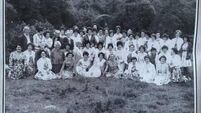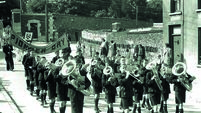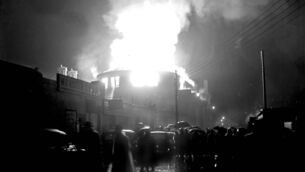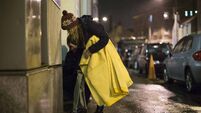Concern as Irish spend £5 each a year on alcohol, but it’s less than English
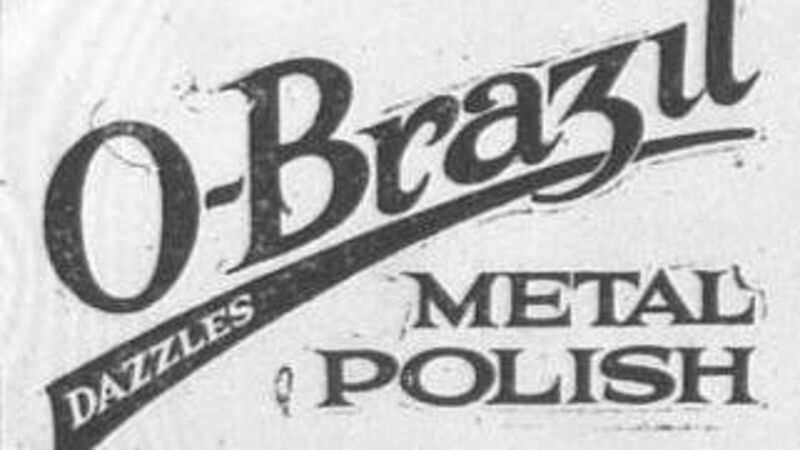
IRELAND’S alcohol bill for 1922 was £26.4 million, according to figures from the United Kingdom Alliance, the Echo reported 100 years ago today, on Saturday, April 21, 1923.
It is even more terrible when one considers it is twice the amount expended in 1912. But it must be borne in mind that the cost of drink is now four times what it was ten years ago.
The man partial to ‘the drop’ knows this right well and consumption has, in fact, decreased substantially in recent years. This may be attributed to other causes too, some of which are not matters for congratulation - unemployment, reduced wages and the decline of the ‘tick’ system.
Another factor, not to be overlooked, is the increased manufacture of poteen. Fortunately, the Government is taking measures to suppress this. That stuff is well calculated to drive people to insanity.
But let’s not take comfort by looking at those who are worse than ourselves. We are spending more on drink than is good for a small county and should work to improve ourselves.
Henry Maylor, of Cobh, was charged in custody with the larceny of a bottle of whiskey, and appeared before Mr D.B. Sullivan B.L.
The 15 shillings bottle was the property of Thomas Cronin, of Cobh. Maylor was remanded to Cobh District Sessions.
John Dillon, of Cattle Market Avenue, was fined 5 shillings for being drunk on the licensed premises of William Walsh, Shandon Street, and 10 shillings for being unlawfully on the premises during closing hours, at 1am.
The fair held at Carrigaline yesterday was one of the biggest there for several years with buyers attending from all parts.
Speedy sales were effected in all categories at enhanced prices. Cattle, 2½ to 3 year olds, were in great demand. Sheep were in small lots but in good condition and speedily bought up. A slower trade in pigs (slips) at 1 shilling 1 pence per head lower.
An inquest was held at Castletownbere on the body of a man found floating in Coulagh Bay.
Dr D.J. Lyne gave evidence that there were two wounds on the head suffered before deceased entered the water. Death was by drowning and the body was in the water about ten days.
Another witness identified the body as that of Michael Curran, of Waterville, Co. Kerry. He was about 50, a poor man, and travelled about the country.
Mr. G. Hegarty, Deputy Coroner, said from the evidence the only verdict that could be returned was that deceased died from drowning. There was no evidence as to how he entered the water. A verdict was found to this effect.
James Kelleher’s success with his great mare Home Chat remind us of what a great hurler he was. I do not think we have seen his equal since he retired, and many consider him the Prince of Hurlers.
Kelleher was not more than five feet eight, but was very well set - deep of chest, wide of shoulders, and splendidly built. He had all the qualifications of a first-class hurler. He was fleet-footed and strong. His open-air life and temperate habits gave him unusual reserve of energy and he never grew weary at the end of the hardest hour.
He had a perfect hurling eye, and never missed a dropping ball whatever its speed.
His good humour and cool, calculating skill could never be disturbed. He was as agile as a cat, and though brilliant in the open, his greatest art was in close play.
He would worry his way into a struggling group and, without apparent distress, work his way out.
Police in Halifax, Nova Scotia, have seized cocaine to the value of $½m in the mid-Atlantic.
The consignment was on its way from Germany to Canada for distribution there and across the American border. Smugglers were waiting with an aeroplane at Halifax.
